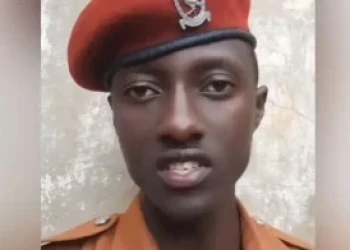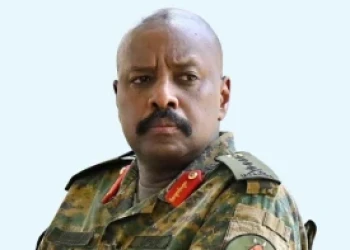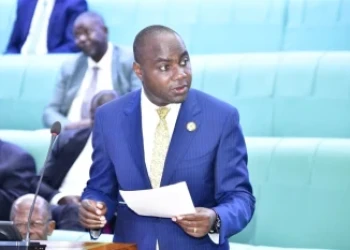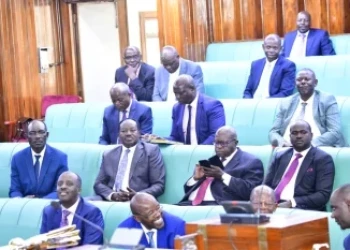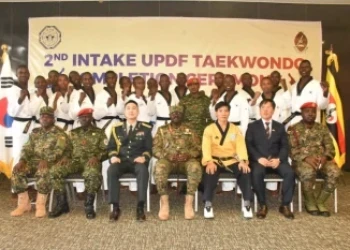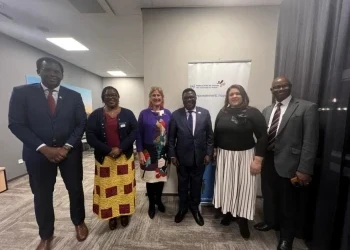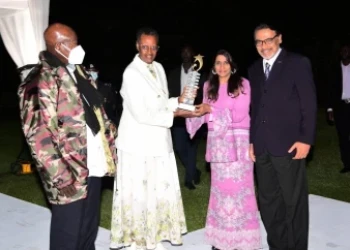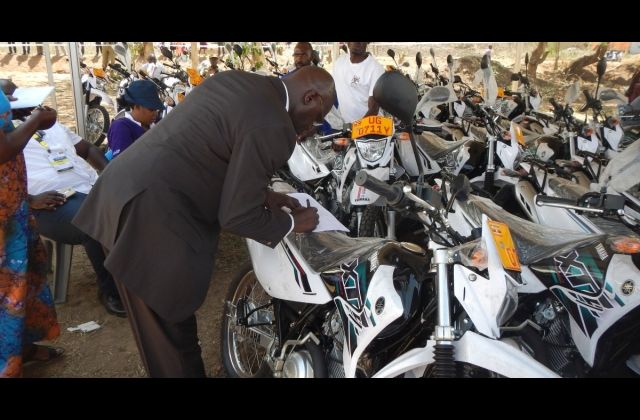
The Ministry of Gender, Labour and Social Development is fighting hard to clear its image after its officials appeared before the Parliamentary Public Accounts Committee (PAC) last week, and were accused of paying money meant for youth and women development to ghosts.
A question was posed specifically on the existence of alleged ghost groups under Youth Livelihood Programme (YLP) and the alleged missing Shs11 billion under the Uganda Women Entrepreneurship Programme (UWEP).
The Ministry was directed to submit documents to Parliament explaining the specific queries.
Documents submitted to Parliament by the ministry have brought to light credible information indicating that funds under both the Youth and Women Programmes are safe and being spent in the best interest of the intended beneficiaries.
The ministry clarifies that on the alleged “missing” Shs11 billion of UWEP, documents have been submitted showing that the money was spent on acquiring capital assets to enable the smooth implementation of the Programme. During the year under question (2016/2017 Financial Year), the Programme had just been initiated and there was need put in place structures, systems and tools to avoid maladministration.
In the same year, the Programme which initially covered only 20 Local Governments including Kampala Capital City Authority (KCCA), rolled out to cover all districts and Municipalities.
Municipalities are considered and budgeted for independently under the UWEP implementation guidelines.
And given that the Programme Focal Point Persons at the District and Municipality have to move long distances to oversee the implementation, it was necessary to procure them tools to facilitate their operations.
“Some of the areas where the Ministry applied part of the funds included (procurement of) motorcycles for all focal point persons in the funds’ beneficiary Districts, computers and office stationery.” The response signed off by the Permanent Secretary, Pius Bigirimana, who also doubles as the ministry’s accounting officer, read in part.
He also expounded that the Programme procured motor vehicles to enable monitoring and supervision in all the regions across the Country.
The fleet of motorcycles were handed over to the district and municipality officials by President Yoweri Museveni during the International Women’s Day celebrations held in Dokolo town council in March 2017.
Bigirimana further explained that because of the budget shortfalls brought about by the release inadequacies by the Ministry of Finance, part of the money went into the institutional support component, which money is divided among the districts and ministry for activities involved in its implementation. Some of these activities include identification and vetting of women groups/members to benefit from the fund at sub county level.
Once the group members have been vetted by the local authorities to be true citizens and residents of the area among other parameters, the files go through a rigorous vetting process that involves a total of four (4) committees at the Sub County and district.
The Sub county Technical Planning Committee (STPC), which encompasses technocrats, sits and vets the beneficiary files and thereafter submits those that they feel fit the requirements to the Sub county Executive Committee (SEC), which is comprised of the political arm at that level.
The files are then submitted to the district where the District Technical Planning Committee (DTPC) and the District Executive Committee (DEC) further scrutinize the same files for requirements.
It’s only after these four committees (at Sub county and District) have sat and vetted the files that they are sent to the Ministry for funding. This was done to build ownership of projects but also to ensure that money is sent to the rightful people.
It’s important to note that all the sub county and district processes are funded directly from the funds that the ministry of finance releases to the Gender Ministry for the Programme. It therefore creates extensive problems when funds are not released according to budgets.
This explains why any shortfall has a direct implication on the Programme implementation. It curtails planned activities including actual disbursements to groups, generation of files and monitoring and supervision from Sub county to Ministry level.
Bigirimana revealed that the Programme had budgeted for Shs.43 billion in the 2016/2017 Financial Year but the Ministry of Finance released only Shs.24,339,347,328 creating a shortfall of 43%.
“With the shortfall, the Ministry had the ultimate duty to strike a balance between expenditure in terms of actual funds’ releases to the implementing Districts and institutional support expenditure. This is the reason why, notwithstanding that there was a shortfall of 43%, the Ministry’s funding coverage to the implementing Districts fell short, only by 40%,” Bigiriman
Comments (0)
📌 By commenting, you agree to follow these rules. Let’s keep HowweBiz a safe and vibrant place for music lovers!


